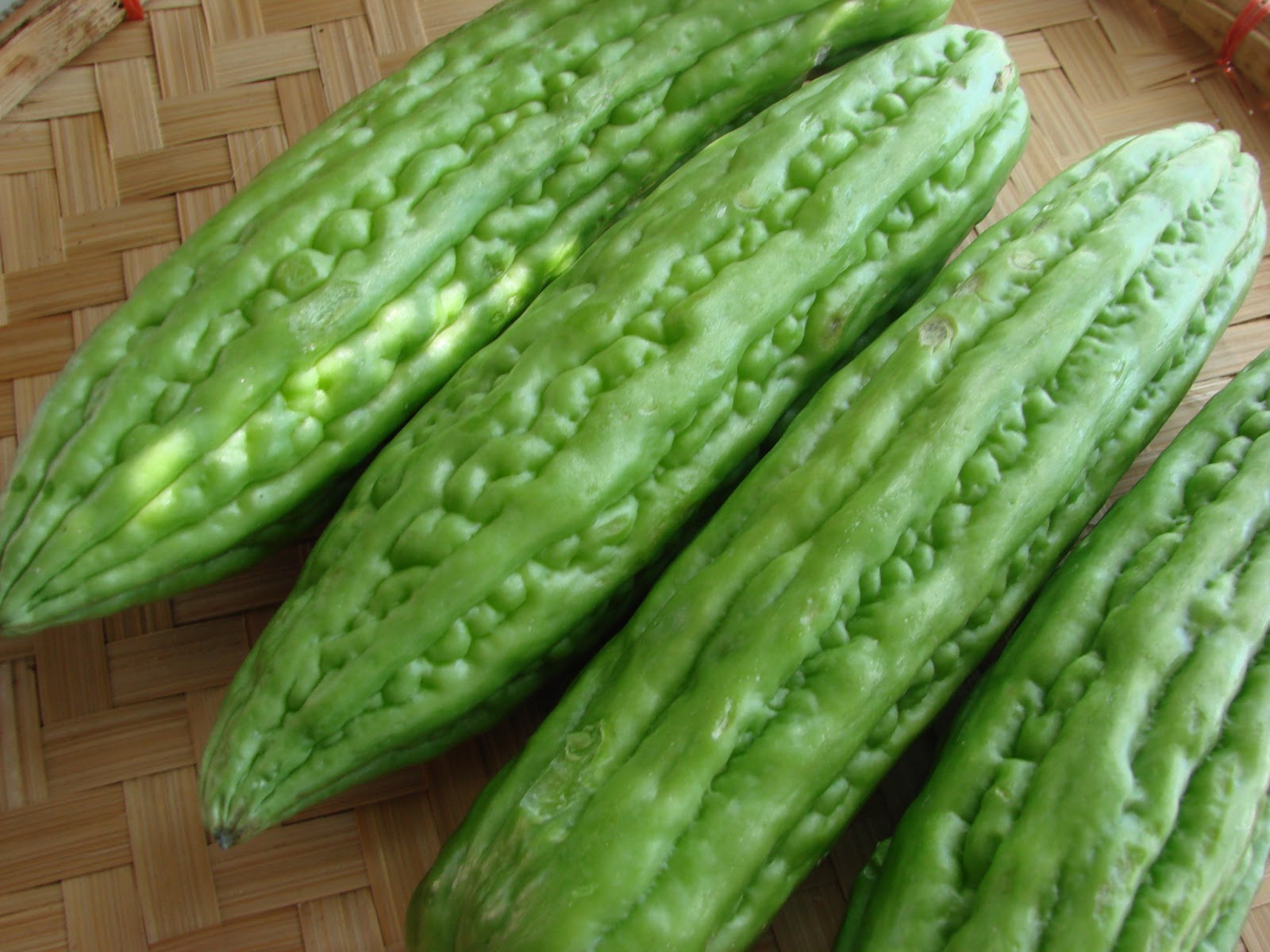Ampalaya, also known as bitter melon or bitter gourd, is a unique and intriguing vegetable that has garnered attention for its distinct flavor and numerous health benefits. This green, wrinkled fruit is often found in Asian cuisine, particularly in countries like the Philippines, India, and China. Its sharp taste may not appeal to everyone, but those who appreciate its bitterness often swear by its nutritional value and medicinal properties. In this article, we will delve into what ampalaya is, its various uses, and why it deserves a place in your kitchen.
As we explore the world of ampalaya in English, it's essential to understand its origins and how it has been embraced in different cultures. Unlike most vegetables, ampalaya is not just a food item; it has a rich history and is often used in traditional medicine. This article seeks to highlight the significance of ampalaya, its culinary versatility, and its potential health benefits. So, whether you are a fan of its taste or curious about its uses, read on to learn more about this fascinating vegetable.
From its preparation in savory dishes to its use in herbal remedies, ampalaya has much to offer. In the following sections, we will answer common questions about ampalaya and provide insights into its impact on health and lifestyle. Get ready to explore the world of ampalaya and discover why this bitter melon is gaining popularity worldwide!
What is Ampalaya and Where Does It Come From?
Ampalaya, scientifically known as Momordica charantia, is a tropical and subtropical vine belonging to the Cucurbitaceae family. It is native to Asia, Africa, and the Caribbean. The plant thrives in warm climates and is often cultivated for its edible fruit, which is characterized by its bitter taste and unique appearance. The fruit resembles a green cucumber with a bumpy, textured surface and can grow to about 20 centimeters in length.
How is Ampalaya Used in Cooking?
Ampalaya is a versatile ingredient in many dishes. Here are some popular ways to incorporate ampalaya into your meals:
- Stir-frying: Sautéed with garlic, onions, and other vegetables for a flavorful side dish.
- Soups: Added to broths for a unique, bitter flavor that complements the dish.
- Salads: Thinly sliced and mixed with other fresh vegetables to create a refreshing salad.
- Juicing: Blended into smoothies or juices for a nutritious drink.
What are the Health Benefits of Ampalaya?
Ampalaya is celebrated not only for its culinary versatility but also for its numerous health benefits. Some potential advantages include:
- Blood Sugar Regulation: Ampalaya is known to help lower blood sugar levels, making it a popular choice for those with diabetes.
- Rich in Nutrients: This vegetable is packed with vitamins A and C, iron, and potassium.
- Antioxidant Properties: Contains compounds that help combat oxidative stress in the body.
- Digestive Aid: The fiber content in ampalaya promotes healthy digestion.
How Can I Prepare and Cook Ampalaya?
Preparing ampalaya is quite simple, but its bitterness can be overwhelming if not handled properly. Here are some tips for preparing and cooking ampalaya:
- Wash: Rinse the ampalaya under cold water to remove any dirt.
- Slice: Cut the fruit in half lengthwise and scoop out the seeds. Then slice it into thin pieces.
- Soak: To reduce bitterness, soak the sliced ampalaya in saltwater for about 30 minutes before cooking.
- Cook: Use your preferred cooking method, whether it be stir-frying, boiling, or steaming.
Is Ampalaya Safe for Everyone to Eat?
While ampalaya is generally safe for most individuals, some precautions should be taken:
- People with diabetes should consult a healthcare professional before significantly increasing their intake.
- Ampalaya may interact with certain medications, so it's advisable to check with a doctor if you are on medication.
- Pregnant women should also consult their healthcare provider, as high amounts of ampalaya could cause complications.
Where Can I Buy Ampalaya?
Ampalaya can typically be found in Asian grocery stores or farmers' markets. Some larger supermarkets may also carry it in their produce section. If you are unable to find fresh ampalaya, consider looking for it in dried or powdered form as a dietary supplement.
Conclusion: Why Ampalaya in English Matters
Understanding the term "ampalaya in English" opens up a world of culinary exploration and health benefits. Its unique flavor and versatility in cooking make it a valuable addition to various diets. By familiarizing ourselves with ampalaya, we can appreciate its contributions to both cuisine and health. Whether you choose to incorporate it into your meals or explore its medicinal applications, ampalaya is certainly worth discovering. So, embark on this journey and give ampalaya a try – your taste buds and body will thank you!




